Ice Skating is a thrilling winter activity that brings joy to people of all ages. However, for some enthusiasts, the exhilaration can be dampened by the discomfort of feet pain. If you’ve ever found yourself asking, Why do my feet hurt when I ice skate, you’re not alone.
In this comprehensive guide, we’ll delve into the reasons behind this discomfort and provide practical solutions to keep your ice skating experience enjoyable.
Cold Temperature and Blood Circulation
Cold temperatures can lead to reduced sensitivity in the feet. Tight skates or inadequate socks can create friction and pressure points, resulting in blisters and sore spots.
Regularly inspect your feet for signs of pressure points and blisters. Applying moleskin or using gel pads can help alleviate discomfort by reducing friction between your skin and the skate’s interior.
Muscle Groups Involved in Ice Skating
Ice Skating engages various muscle groups in your feet, ankles, and legs. Overexertion or lack of conditioning can lead to muscle fatigue and subsequent pain.
Incorporate exercises that target the muscles used in ice skating into your fitness routine. Strengthening these muscles can enhance your skating endurance and reduce the risk of pain.
Arch Types and Their Impact
Different individuals have varying arch types, which can affect how weight is distributed during skating. Understanding your arch type can guide you in selecting skates with appropriate arch support. opt for ice skates that offer customizable arch support or consider using orthotic insoles to provide the necessary cushioning and alignment for your feet. Repetitive friction from skating motions can lead to blisters, corns, and calluses. These can be painful and hinder your skating experience.
Plantar Fasciitis and Its Triggers
Plantar fasciitis, characterized by heel pain, can be exacerbated by the stress ice skating places on the feet. Individuals with a history of this condition should take precautions to avoid strain. Prior to skating, perform dynamic stretches to warm up your muscles and improve circulation. Focus on stretches that target your calves, ankles, and feet.
Orthotic insoles can provide additional arch support, cushioning, and shock absorption. They can help distribute pressure more evenly and reduce the risk of pain.
Custom Orthotics for Individual Needs
Podiatrists can create custom orthotic inserts tailored to your feet’s specific needs. These inserts offer optimal support and comfort during ice skating. Ice skating is a popular winter activity that brings joy and excitement. However, foot pain can quickly turn this enjoyable experience into an uncomfortable one. In the previous sections, we explored the reasons behind foot pain while ice skating and learned about various preventive measures.
Now, let’s delve deeper into the importance of proper foot care and how it can contribute to a pain-free skating adventure. Ice skating requires your feet to bear a substantial amount of pressure and strain. To ensure a pleasant and painless experience, it’s crucial to prioritize foot care. Let’s explore some key aspects of foot care for ice skaters.
Hygiene and Moisture Management
Consider using moisture-wicking socks to keep your feet dry during skating. Just as you warm up your body before exercise, your feet also need gentle stretching and warm-up exercises. Perform ankle circles, toe stretches, and calf raises to improve blood circulation and
Choosing the right ice skates is paramount for foot comfort. Ill-fitting skates can lead to blisters, pressure points, and pain. Invest time in getting properly fitted skates that provide adequate ankle support and cushioning.
Orthotic Inserts and Insoles
If you have specific foot conditions or need additional arch support, consider using orthotic inserts or insoles.These inserts can provide the necessary cushioning, alignment,and support for your feet,reducing the risk of pain and discomfort.
During and after ice skating sessions,pay attention to how your feet feel. If you experience persistent discomfort, take a break and examine your feet for any signs of pressure points or blisters. Applying moleskin or gel pads can provide immediate relief.
If foot pain persists or worsens, it’s advisable to consult a podiatrist or a foot specialist. They can diagnose any underlying issues, provide personalized advice, and recommend appropriate treatment options.
Skating with Comfort and Confidence
Ice skating is not just a physical activity; it’s an opportunity to connect with the winter landscape and experience a unique form of movement. By taking care of your feet, you’re ensuring that you can fully enjoy the beauty and thrill of gliding on ice.
Remember, foot pain is not an inevitable part of ice skating. With the right approach to foot care, proper warm-up exercises, suitable footwear, and proactive measures, you can minimize discomfort and make the most of your time on the ice. By incorporating these practices into your skating routine, you’ll be able to skate with comfort and confidence, creating wonderful memories without the hindrance of foot pain.
Ice skating is undoubtedly a thrilling and picturesque activity, but the discomfort of foot pain can easily detract from the experience. In this section, we’ll delve into some advanced tips and techniques to not only alleviate foot pain but also elevate your overall ice skating journey.
Advanced Tips for Enhanced Ice Skating Comfort
Incorporating specific foot-strengthening exercises into your routine can significantly enhance your skating prowess. These exercises, such as toe curls using resistance bands or towel scrunches, target the muscles that support your arches and ankles. Stronger feet contribute to better balance and reduced strain during skating.
Proprioception refers to your body’s awareness of its position and movements in space. Engaging in proprioceptive training exercises, like single-leg balancing or wobble board exercises, can improve your stability on the ice. Enhanced balance translates to less pressure on specific points of your feet, reducing the likelihood of pain.
Elevation and Ice Bathing
After an intense skating session, consider elevating your feet to reduce inflammation. Additionally, immersing your feet in a bucket of ice water for a few minutes can help alleviate soreness and swelling. However, make sure not to overdo it, as prolonged exposure to cold can have adverse effects.
If you’re aiming to build endurance and stamina for longer ice skating sessions, interval training can be highly effective. Alternating between high-intensity bursts of skating and slower recovery periods not only improves cardiovascular fitness but also allows your feet to adapt gradually to increased strain.
Being mindful of your skating technique can make a significant difference in foot comfort. Focus on distributing your weight evenly across your feet and maintaining a slight bend in your knees. Avoid overexerting your toes or gripping the ice with your feet, as these habits can lead to discomfort.
The Joy of Pain cFree Skating
Ice skating is not only a physical activity but also a form of artistic expression and exhilaration. By applying these advanced tips and techniques, you can unlock a new level of comfort and enjoyment during your ice skating endeavors. Remember that each skater’s experience is unique, so it’s essential to listen to your body and make adjustments that suit your comfort level.
As you glide across the glistening ice with confidence, you’ll not only cherish the beauty of the winter scenery but also revel in the joy of pain-free skating. By combining proper foot care, targeted exercises, and mindful techniques, you’ll be able to fully embrace the magic of ice skating without the hindrance of foot pain. Ice skating can be a delightful and invigorating activity, but foot pain can put a damper on the experience
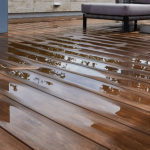







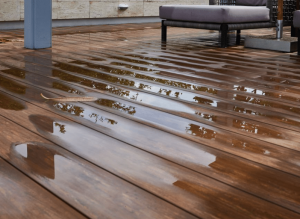

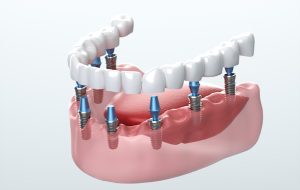

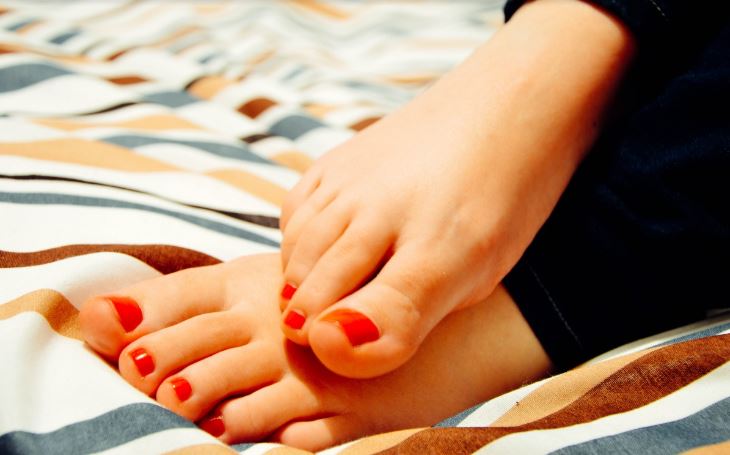
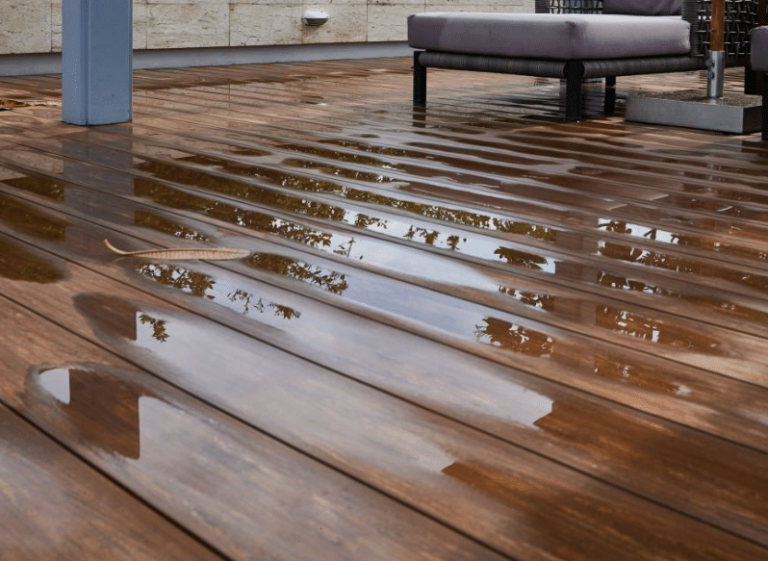

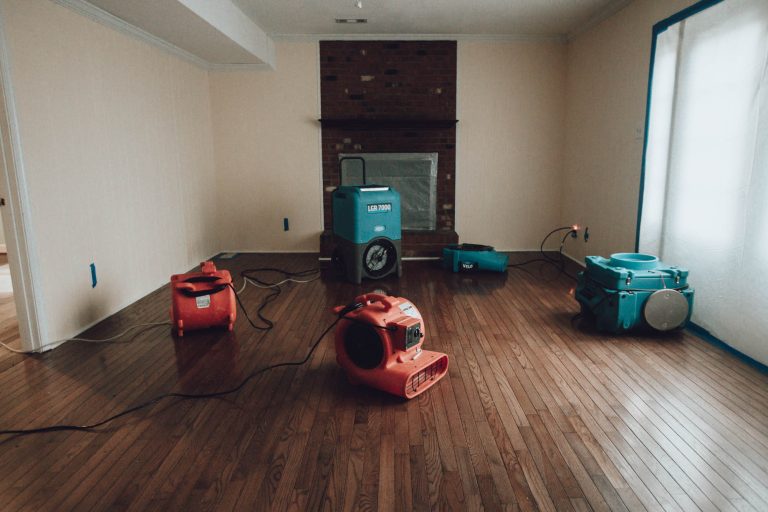

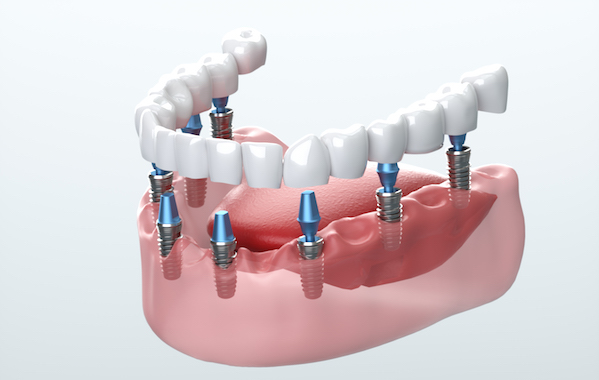



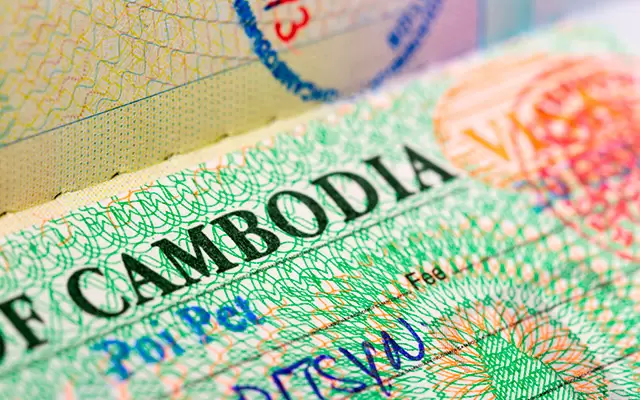


+ There are no comments
Add yours